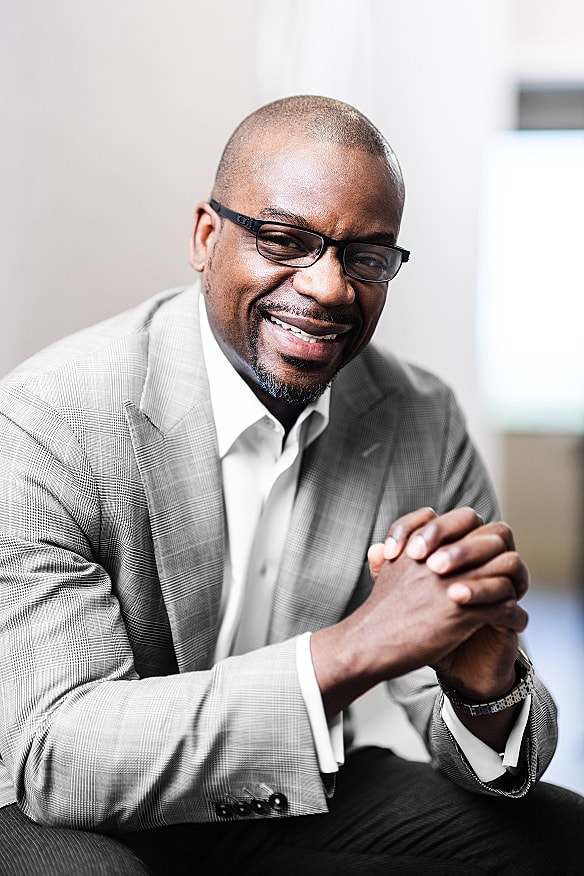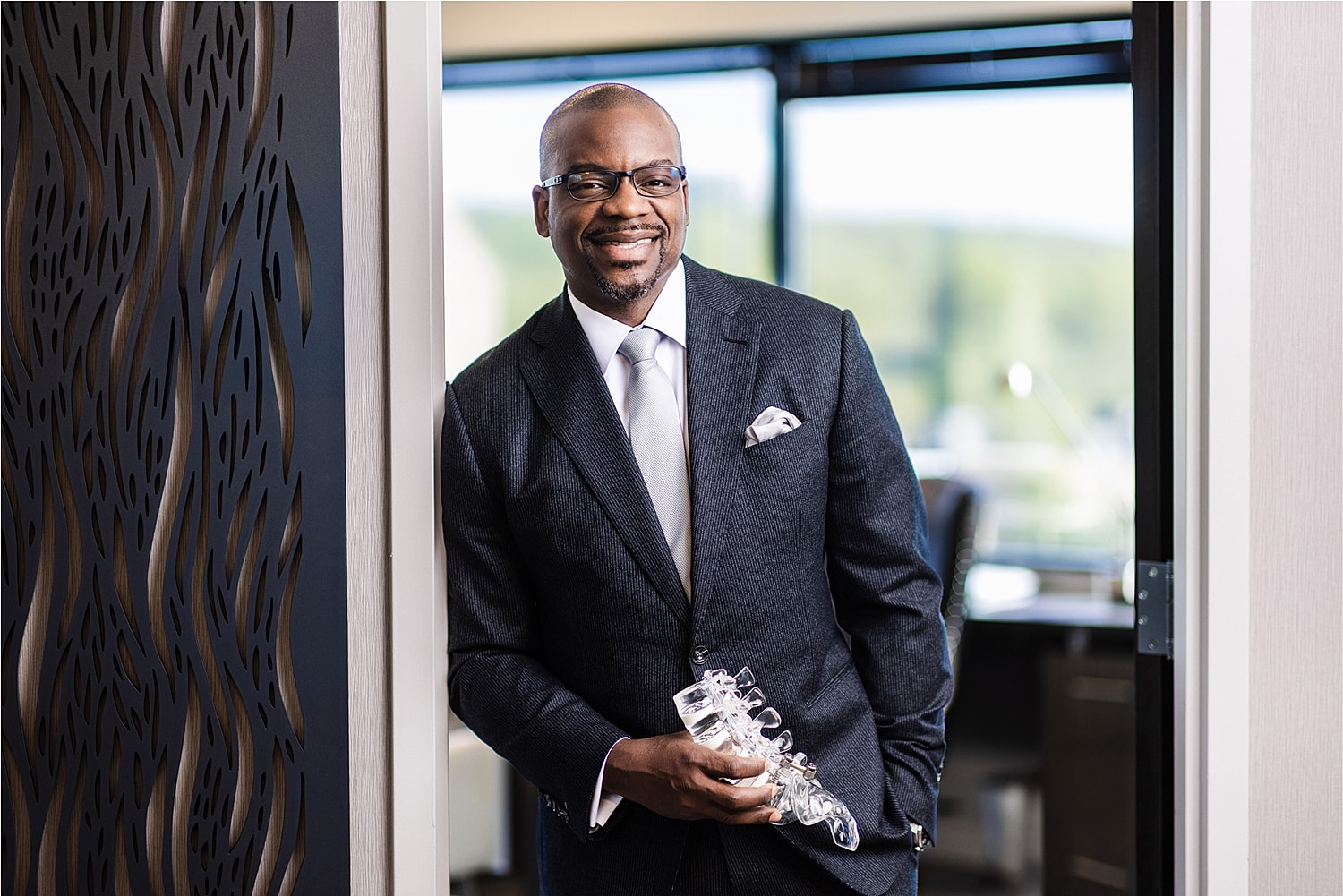
in New York & New Jersey


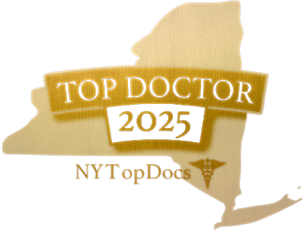

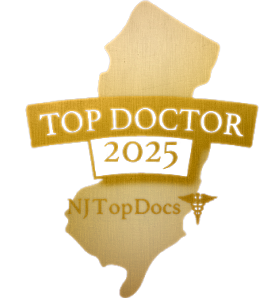



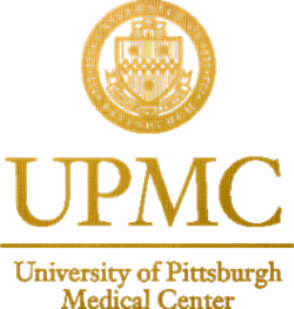








Spinal stenosis is a common condition that can slowly take a toll on your comfort, mobility, and independence.
Caused by a narrowing of the spaces within the spine, it can place pressure on the spinal cord or nerves, leading to symptoms like pain, numbness, weakness, or difficulty walking. For many adults, especially those over 50, these symptoms can interfere with everyday tasks and gradually reduce quality of life. At The Institute for Comprehensive Spine Care, we specialize in diagnosing and treating spinal stenosis with a personalized, evidence-based approach. Led by board-certified spine surgeon Dr. Gbolahan Okubadejo, our team offers a full spectrum of care - from non-surgical therapies to advanced surgical procedures - designed to relieve pressure on the spine and help you return to daily life with greater ease and confidence.
Spinal stenosis is a medical condition characterized by the narrowing of the spaces within the spine, which can put pressure on the nerves that travel through it.
The condition primarily affects the lower back and neck. The narrowing can be caused by various factors, including the natural aging process, osteoarthritis, herniated discs, or thickened ligaments. Symptoms of spinal stenosis can include pain, numbness, muscle weakness, and impaired balance, and these symptoms can worsen over time. In severe cases, it can cause significant disability and affect the quality of life. Common signs of spinal stenosis include:
Because symptoms can vary depending on the location and severity of the narrowing, a thorough evaluation is essential for accurate diagnosis and treatment planning.
Diagnosing spinal stenosis at The Institute for Comprehensive Spine Care begins with a detailed conversation about your symptoms—whether it’s pain, numbness, or difficulty walking.
During your initial appointment for spinal stenosis treatment NYC & NJ spine surgeon, Dr. Okubadejo, performs a focused physical examination to assess your range of motion, reflexes, muscle strength, and how certain movements may trigger discomfort. This clinical assessment helps identify whether nerve compression is likely and which part of the spine may be involved. To confirm the diagnosis and determine the extent of narrowing in the spinal canal, we use advanced imaging tools including X-rays, CT scans, and/or MRI scans. X-rays help detect changes in bone structure, while CT scans provide detailed cross-sectional views of both bone and soft tissue. MRI is especially valuable for evaluating the spinal cord, nerves, and discs - giving us a clear picture of where and how the nerve pathways may be affected. With these tools, we’re able to pinpoint the source of your symptoms and build a treatment plan that truly targets the cause.

The right approach to treating spinal stenosis depends on several key factors, including where the narrowing occurs, the intensity of your symptoms, your overall health, and how you’ve responded to earlier treatments.
Many patients benefit from non-surgical options that focus on relieving pain, restoring mobility, and supporting a more active, comfortable lifestyle. In more advanced cases - or when conservative care no longer provides relief - surgery may be the most effective next step. At The Institute for Comprehensive Spine Care, Dr. Okubadejo works closely with each patient to create a personalized treatment plan that reflects your specific condition, goals, and long-term well-being.
These treatments focus on conservative and non-invasive approaches to alleviate pain and restore function.
Many patients achieve meaningful relief through non-surgical treatments, making it possible to manage symptoms effectively without the need for surgery.
When surgery is the most appropriate path forward, Dr. Okubadejo brings extensive experience in advanced spinal procedures designed to relieve nerve compression and stabilize the spine.
Every surgical recommendation is made with careful consideration of your condition, overall health, and personal goals. We take the time to walk you through the potential benefits, risks, and expected recovery so you can move forward with clarity and confidence.
At the Institute for Comprehensive Spine Care, we recognize that successful treatment for spinal stenosis goes beyond the procedure itself.
Our comprehensive approach encompasses personalized rehabilitation programs and post-treatment care to enhance your recovery. We utilize a range of pain management techniques and work closely with skilled physical therapists to design a customized rehabilitation plan that supports healing, restores functionality, and minimizes downtime. Rest assured, we will be with you every step of the way, guiding you through your recovery journey to achieve the best possible outcomes.
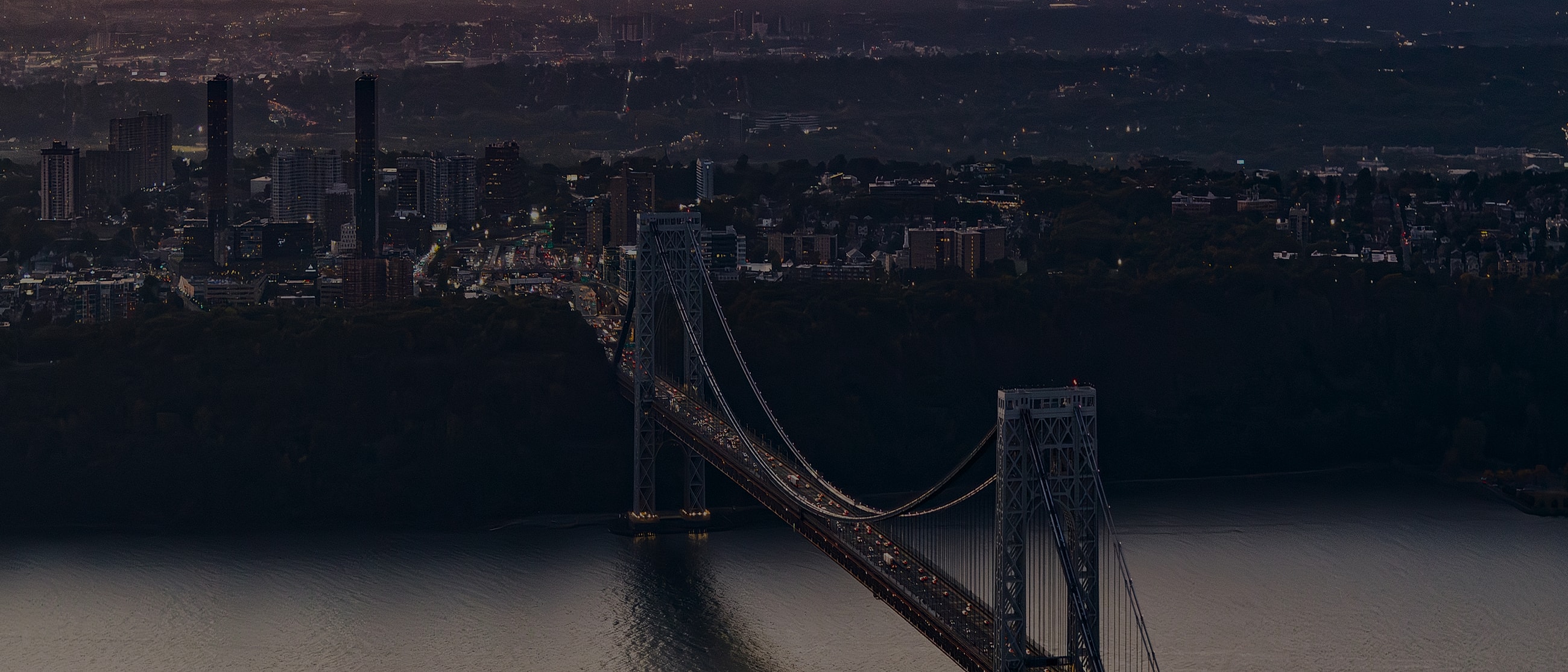
With the right spinal stenosis treatment approach, many patients experience meaningful relief from pain, improved mobility, and a restored ability to perform daily activities.
Non-surgical care can help reduce inflammation, strengthen the spine’s support system, and slow the progression of symptoms - often helping patients avoid or delay surgery. For those who do require surgical intervention, procedures like laminectomy or spinal fusion can relieve pressure on the nerves and dramatically improve quality of life. At The Institute for Comprehensive Spine Care, Dr. Okubadejo focuses on achieving long-term results tailored to each patient’s condition and lifestyle. The goal is always to help you return to what matters most with greater comfort and renewed confidence in your movement.
At the Institute for Comprehensive Spine Care, we understand the impact that spinal stenosis can have on your life.
Led by esteemed spine surgeon Gbolahan Okubadejo, MD, FAAOS, our dedicated team is committed to providing exceptional care and personalized treatment options to help you overcome spinal stenosis and regain your quality of life. Don’t let spinal stenosis limit your daily activities or cause you unnecessary pain any longer. Take the first step towards relief by scheduling a consultation with us today. Trust in our expertise and compassionate approach as we strive to alleviate your symptoms and restore your well-being to its fullest potential.
With multiple locations in NY and NJ, our team at the Institute for Comprehensive Spine Care is committed to providing comprehensive solutions for individuals suffering from spinal stenosis. Our experts are dedicated to evaluating each patient’s unique situation and tailoring the most effective treatment approach, whether it involves non-surgical interventions, minimally invasive procedures, or spinal surgeries.
Dr. Okubadejo has hundreds of 5-star reviews.
Dr. Okubadejo’s 5-star reviews don’t just highlight technical expertise—they reveal the human connection that sets his care apart.
★★★★★
Spinal stenosis is often caused by age-related degenerative changes, spinal injuries, or genetic predisposition. It can also be influenced by certain medical conditions or lifestyle factors that affect the spine.
Symptoms of spinal stenosis may include pain or cramping in the legs or arms, numbness or tingling sensations, muscle weakness, and difficulty with walking or maintaining balance. The specific symptoms experienced can vary depending on the severity of the condition.
While it may not be possible to prevent spinal stenosis entirely, certain measures can help reduce the risk or slow down its progression. These may include regular exercise, a balanced diet, maintaining a healthy weight, and avoiding activities that put excessive stress on the spine.
Diagnosis of spinal stenosis typically involves a combination of medical history review, physical examination, and imaging tests to measure the narrowing of the spinal canal. These assessments help determine the presence and severity of spinal stenosis, guide treatment decisions, and monitor response to treatment.
Treatment for spinal stenosis aims to relieve pressure on the spinal cord and nerves, manage pain, and improve mobility. Non-surgical options include physical therapy, medication, and epidural steroid injections. Surgical options, when necessary, may involve procedures like decompressive laminectomy and spinal fusion to stabilize the spine and alleviate pain.
While spinal stenosis cannot be completely cured, appropriate treatment and lifestyle modifications can help manage symptoms, improve mobility, and enhance quality of life. We will work with you to develop a comprehensive plan that includes proper therapy, medication, and surgical intervention as necessary.


